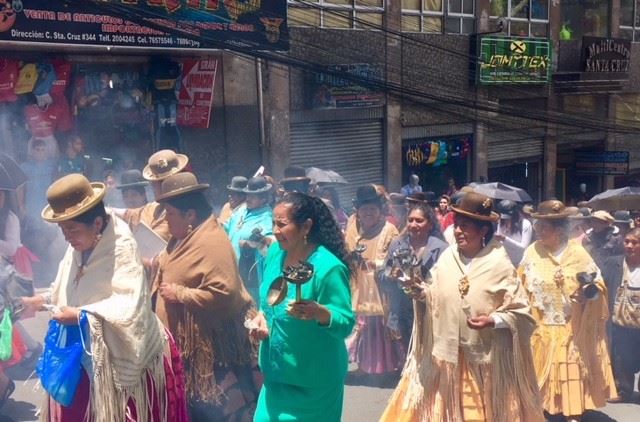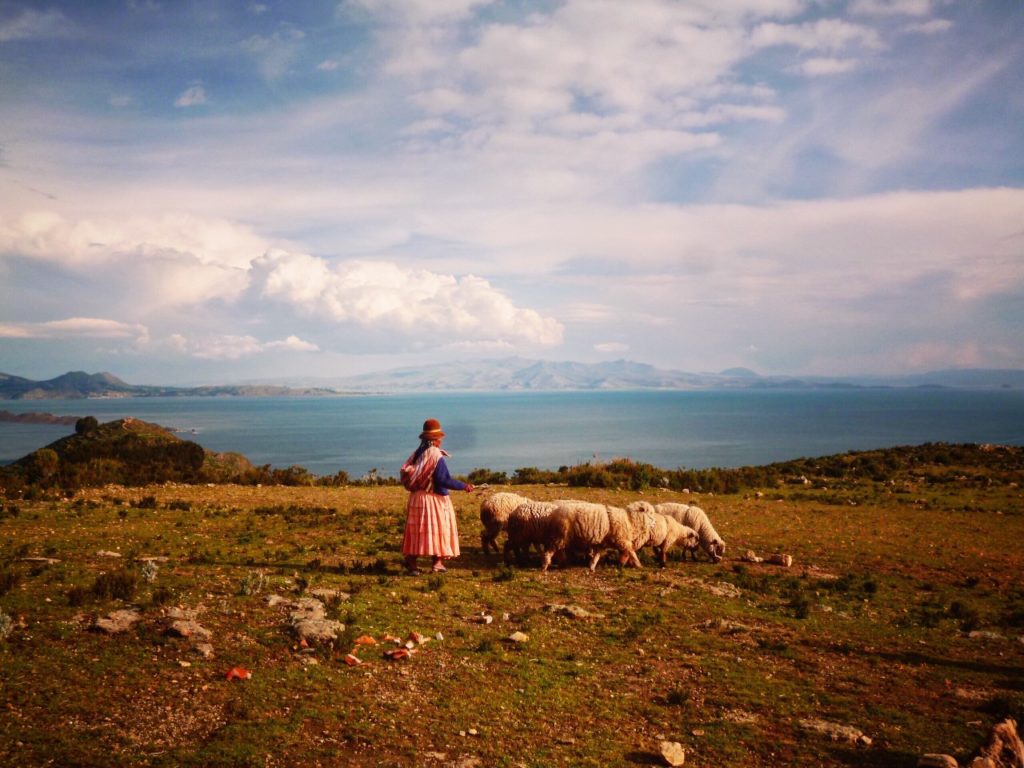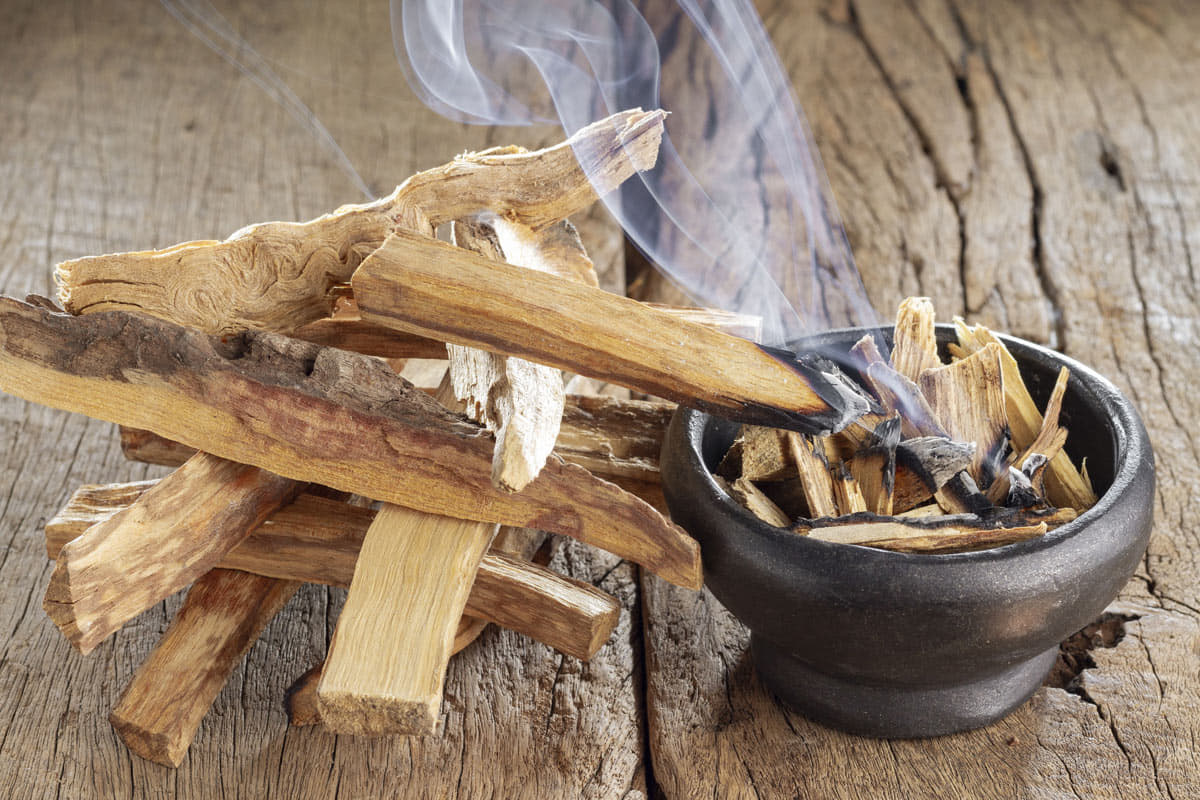

Palo santo
Bolivia is a country full of ancestral traditions that originate in the beliefs of different local communities. Among the communities present in Bolivia are the Quechuas, the Aymaras, the Guaranis, and many others who, over time, have developed their own cultural rites. Mix it all together when the country was unified and you get a very rich and diverse Bolivian cultural tradition! To celebrate the rituals and the gods like the Pachamama, the Bolivians sometimes use elements that we know little about like the Palo Santo. Nowadays, this atypical product is more and more common. Palo santo is for example used in the practice of yoga.
In this article, we tell you more about the Palo Santo. What is it and when do we use it? We explain everything below!
Origin of the palo santo
South American origin and ancestral use
Originally, palo santo is a tree found in South America. It can be found in particular in Peru, Bolivia, Ecuador and part of Brazil.
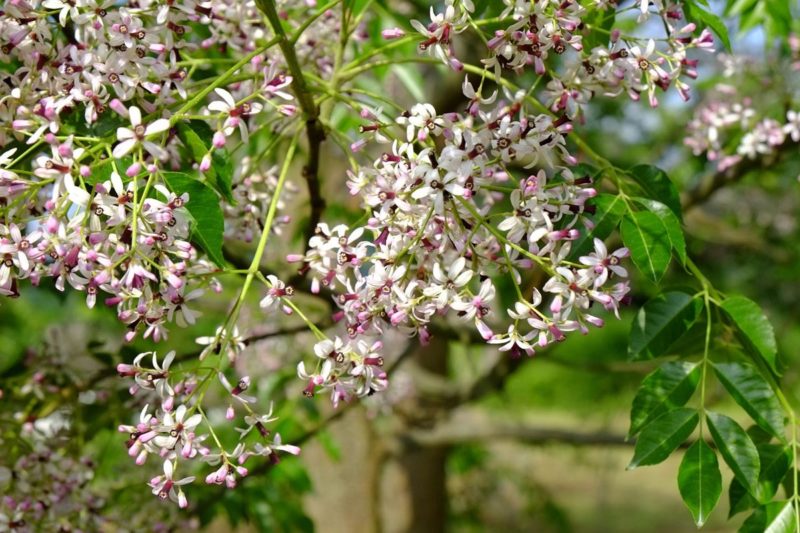

The tree belongs to the Zygophyllaceae family, its name means in Spanish «sacred wood». This name comes from the pleasant and intense smell it emits when it is burned and which, according to some beliefs, have medicinal and purifying virtues.
The use of palo santo is very old and we find traces of its use since the Inca empire! It was particularly used in the celebration of traditional rites. It enabled to enter into communication with the gods and to ward off evil spirits and negative waves.
Even today, it is used daily by South American populations. People use it to purify the air in homes and protect themselves from bad energy. Thus, in addition to the good smell of these wooden sticks, there is still a real spirituality around palo santo in South America and Bolivia.
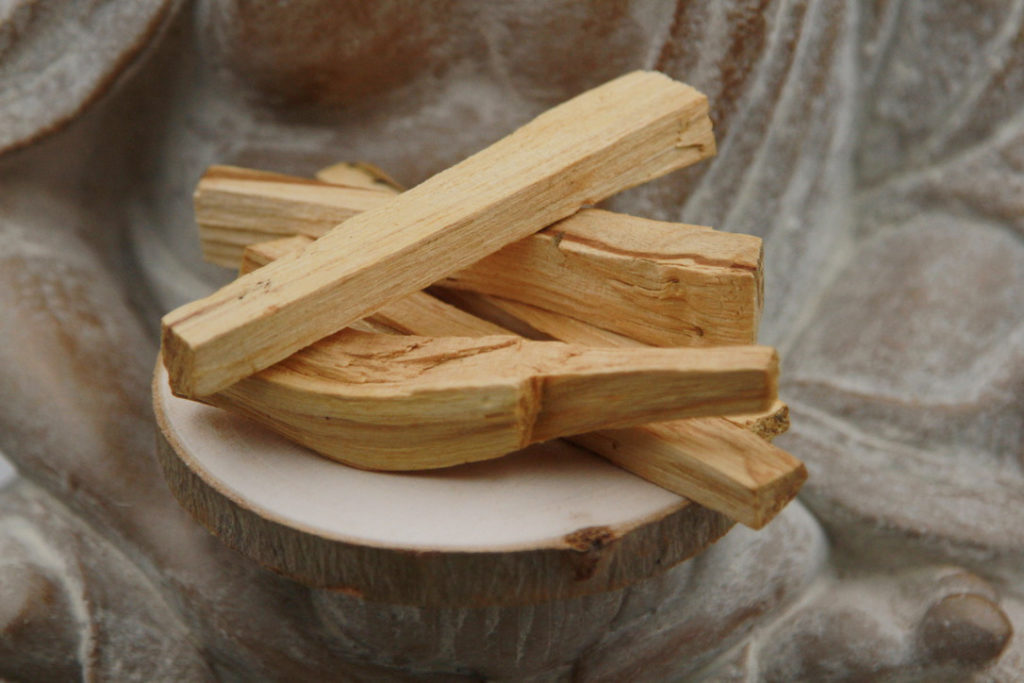

Controversial aspect of the “sacred wood”
This is why locals sometimes look unfavourably the success this wood is currently experiencing around the world. Nowadays, Palo santo can be easily found on the Internet and in supermarkets all over the world. This helps to make South American culture known and valued, which is from this point of view very positive. Unfortunately, some companies see this product only as a major economic potential. They take this opportunity to produce it and market it without respecting traditions.
Regarding its manufacture, for example, the wood can only be recovered after the natural death of the tree. In order to respect traditional practices, the tree cannot be cut alive. It is only after his death that it can be cut and declared as “sacred wood.” However, the lifespan of this type of tree is between 10 and 15 years. Faced with this relatively long duration and with the popularity of this product worldwide, it is therefore easy to understand why unfortunately some companies decide not to respect traditional practices. The controversial practice is to cut or uproot the tree during its lifetime in order to produce and market it more quickly.
That’s why voices in South America are beginning to rise up to protest against the birth of an industry around palo santo. They want to recall that lighting a stick of “sacred wood” is above all a ritual that comes under a certain spirituality.
Fortunately, there are also brands that respect manufacturing traditions! There are several projects around palo santo that produce in a respectful way and integrate local communities into the manufacturing process.
Palo Santo : contemporary use
Nowadays, palo santo has become a very fashionable product all over the world. This is justified in particular by its very pleasant smell which can be used to perfume the houses and purify the air (effective to remove the coronavirus for example:)). It also helps keep insects and mosquitoes away, which can be very valuable in some areas.
In the perfumery industry, for example, palo santo has become a very popular new fragrance in a short time. It is used as an oil in this case.
Palo santo and yoga


Moreover, the development of palo santo is currently accompanying the development of another discipline that is increasingly popular nowadays: yoga. Without going into the details of the different yoga practices, this activity consists globally of meditation and gymnastics practices to improve well-being and health. Yoga has an important part of spirituality in order to reach a certain level of consciousness and wisdom. We therefore understand quite well how palo santo can play an important role in the practice of yoga.
Indeed, this substance has real purifying virtues for body and spirit.
- For example, it is known to ward off negative energy and restore calm, tranquility and positive energies. The use of this wood therefore enables to gather the ideal conditions for yoga practice.
- In addition, palo santo helps to reduce anxiety, stress and helps to clarify your mind. Thus, it helps to improve concentration in order to practice meditation.
- Finally, palo santo oil is often recommended to relieve body aches and joint pains. Its use is therefore of interest in the practice of gymnastics movement.
In the practice of yoga, the use of this wood is very useful.
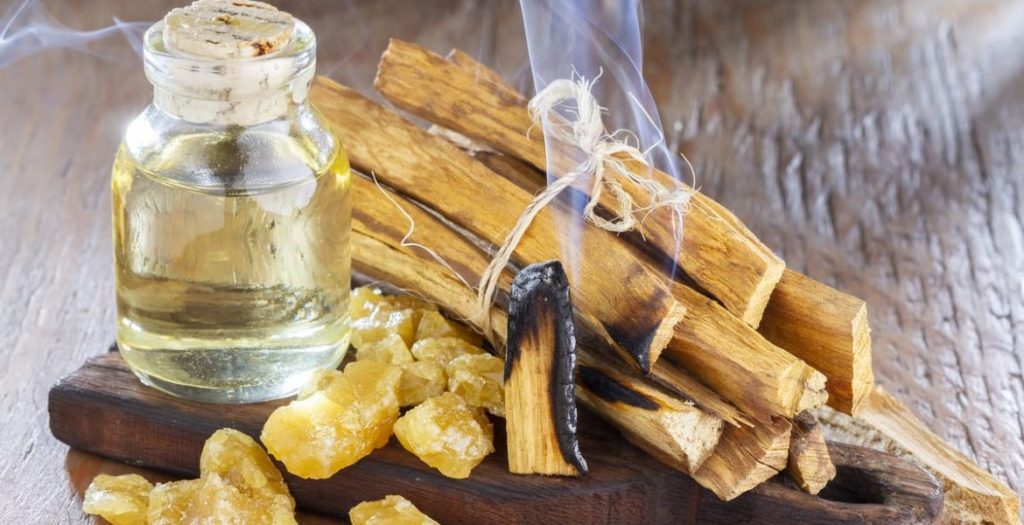

Moreover, it is interesting to note that yoga is a spiritual practice. Thus, the activity of yoga is in harmony with the spiritual dimension of palo santo.
Conclusion
For several centuries, Bolivia and other South American countries have used palo santo. This wood is known for its medicinal virtues. Nowadays, it is more and more used around the world. Especially in relation with the development of yoga practice. Thanks to yoga, palo santo can be better known abroad. Yoga participates to the promotion of this product from the Bolivian and South American culture.
To learn more about traditions and crafts in Bolivia, come and visit our website or Instagram page! Indeed, the aim of our Pachamama project is to promote Bolivian craftsmanship. We manufacture leather bags in partnership with artisans located in La Paz.



